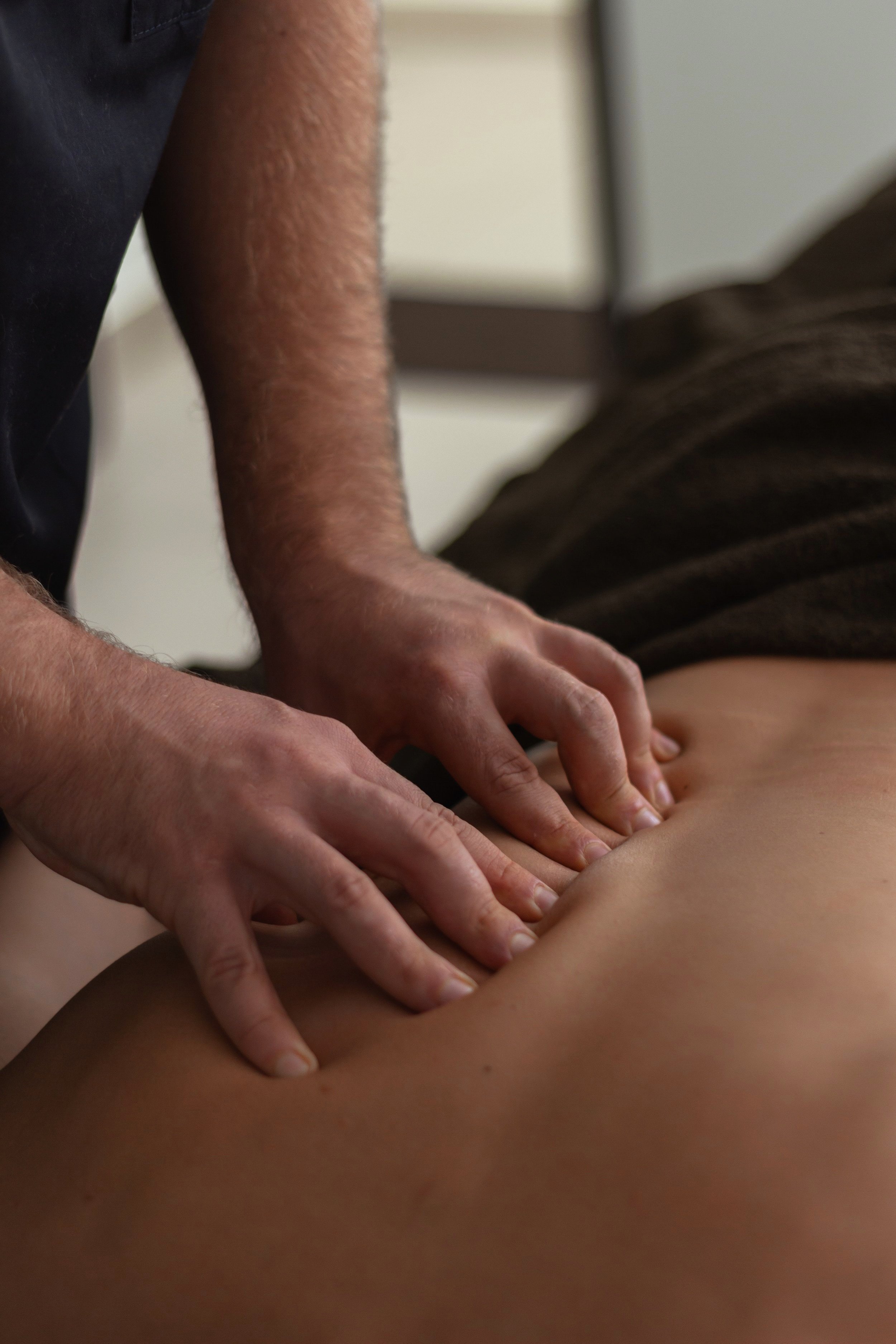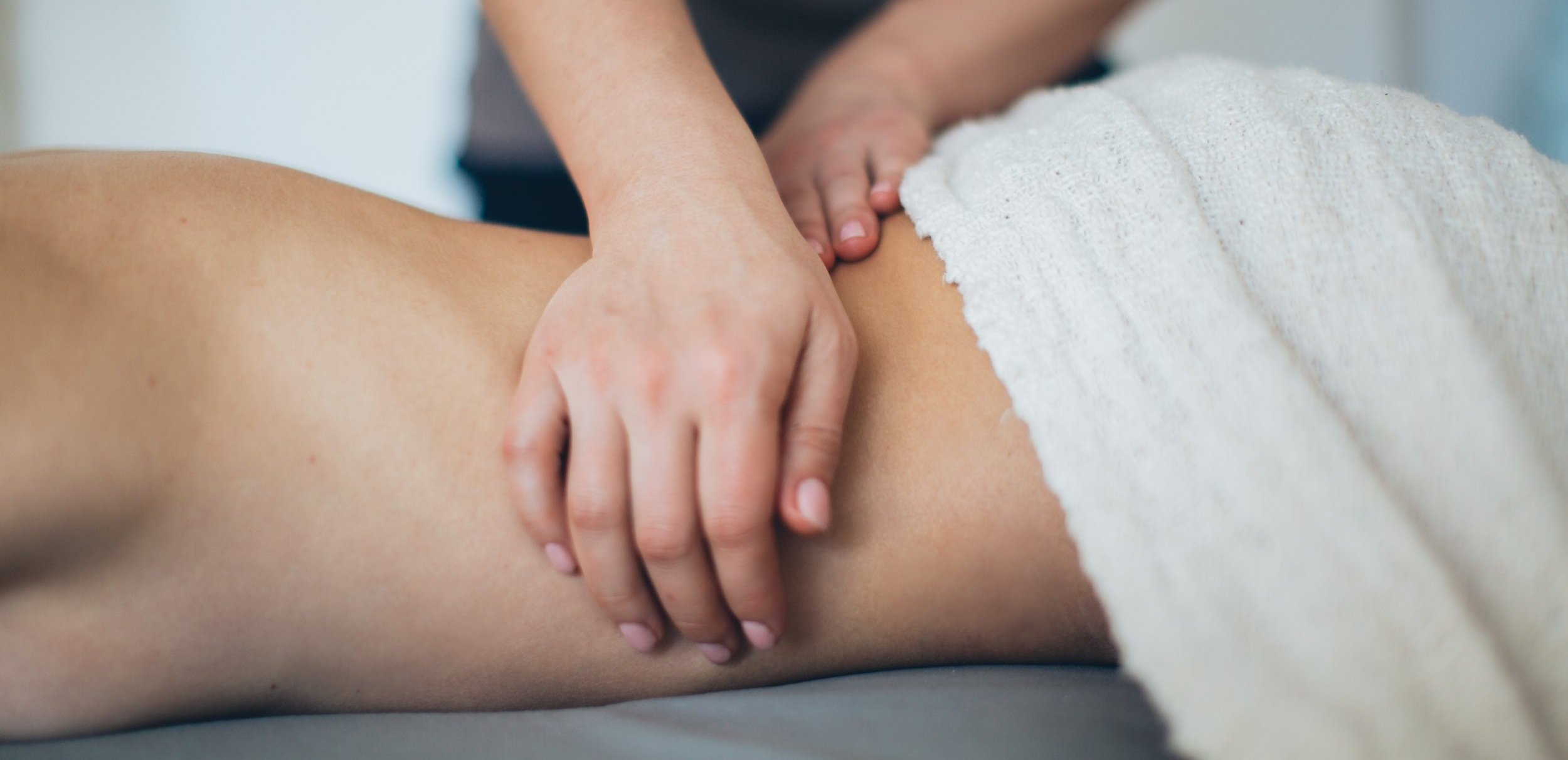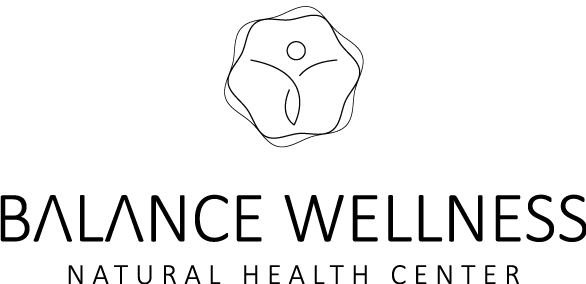
Rolfing® Structural Integration
Rolfing can enhance overall body conditioning and functionality. Whether you are athletic, perform tasks with repetitive-motion in daily activity, or are just looking to feel more "at home" in your body, Rolfing sessions can restore flexibility, increase balance, revitalize energy and leave you feeling more comfortable in your body.
What is Rolfing?
Rolfing is a system of hands-on body manipulation to help align the body within gravity. It focuses on the fascia (connective tissue) but involves the whole body.
Certified Rolfers™ use touch and movement to support their clients in improving their posture and movement patterns.
What are the benefits of Rolfing?
Functionally, being structurally aligned within gravity means having a body at ease in daily life activities — while sitting, standing, walking, etc.
In addition to improving postural alignment, Rolfing can reduce stress, alleviate pain, and release muscle tension. Rolfing is also suitable for injury and operation recovery to integrate scar tissue into the fascial web.

Who is Rolfing for?
People see a Rolfer™:
to improve physical and mental wellbeing
to avoid chronic tension and to help with recovery after injuries or operations
to help with easing chronic pain
to recover after pregnancy
to train more effectively and increase performance in athletics and sports
to expand self-awareness and expression when acting, dancing or playing an instrument
to train more effectively and increase performance in athletics and sports
What is the Rolfing Ten Series?
The hallmark of Rolfing Structural Integration is a standardised “recipe” known as the Ten Series, the goal of which is to systematically balance and optimise both the structure (shape) and function (movement) of the entire body over the course of ten Rolfing sessions. Each session focuses on freeing restrictions or holdings trapped in a particular region of the body.
Session 1 : Enhances the quality of breath with work on the arms, ribcage and diaphragm. Opening is also started along the upper leg, hamstrings, neck and spine.
Session 2 : Helps give the body a stable foundation by balancing the foot and muscles of the lower leg.
Session 3 : Addresses how the head, shoulder girdle, and hips are positionally related to one another when standing under the influence of gravity.
Session 4 : Extends from the inside arch of the foot and up the leg, to the bottom of the pelvis.
Session 5 : Balances surface and deep abdominal muscles to the curve of the back.
Session 6 : Enlists more support and movement from the legs, pelvis and lower back.
Session 7 : Attends to the neck and head.
Sessions 8 and 9 : Begin the integration process to encourage smooth movement and natural coordination.
Session 10 : Serves as closure to inspire a sense of order, balance and integration.
After a Rolfing session, the body starts to integrate the changes within the first few days. Similar to the post-workout soreness you may feel after a gym session or exercise program, some soreness may be experienced initially. Following this phase, it is common to notice ongoing shifts in balance and increased body awareness.

Why is it called “Rolfing”?
Rolfing is named after biochemist Dr. Ida Rolf (1896 – 1979), who developed Rolfing Structural Integration in the middle of the 20th century.
“So many therapists are striking at the pattern of disease instead of supporting the pattern of health. Rolfers are not practitioners curing disease, they are specialists in health. They are giving their attention to the better working of people’s minds and bodies.” — Dr. Ida Rolf
Photo courtesy of Certified Advanced Rolfer™ David Kirk-CampbellRolfing is contraindicated for those with acute injuries, acute illnesses and active cancer.
Disabling conditions, connective tissue disorders or pregnancy may also be contraindicated. Clients who have a pre-existing medical condition should advise their Rolfer before beginning treatment, to ensure that Rolfing is appropriate for them and that it will be adapted to their individual needs.
Rolfing®, Rolfer™ and the Little Boy Logo are service marks of The Rolf Institute of Structural Integration, registered in the U.S. and other countries.





